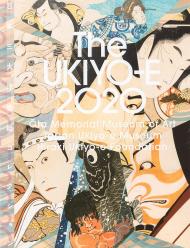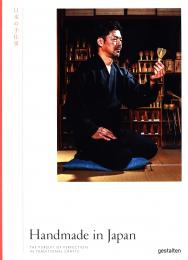Серед перших видань, опублікованих у видавництві Timber Press, і з тиражем понад 150 000 примірників, Japanese Maples є класикою.
Японські клени не схожі на жодне інше дерево. Вони можуть похвалитися вражаючим розмаїттям кольору, форми та текстури. Завдяки сотням років ретельної селекції вони займають центральне місце в будь-якому саду, де їх можна знайти. За останнє десятиліття кількість сортів японського клена, доступних садівникам, подвоїлася, і існує нагальна потреба в оновленому довіднику. Це нове четверте видання пропонує детальні описи понад 150 нових інтродукцій, оновлення номенклатури рослин та нові відомості про вже існуючі улюблені. Садівникам сподобаються практичні поради, які роблять успішне вирощування доступним для кожного.
Точна ідентифікація спрощена завдяки понад 600 зрозумілим описам та 500 кольоровим фотографіям.
Про авторів:
Дж. Д. Вертріс (1915-1993) був ентомологом, розсадником та педагогом, який колекціонував рідкісні та незвичайні клени. Свого часу його дендрарій площею 1A акр у розсаднику «Мейплвуд» у Роузбурзі, штат Орегон, мав найбільшу колекцію японських кленів у Сполучених Штатах. За своє життя він зібрав вражаючий список нагород, включаючи Почесну грамоту за дослідження в садівництві від Американського садівничого товариства, Нагороду за особливі досягнення від Асоціації розсадників Орегону та Золоту медаль Томаса Роланда 1980 року від Массачусетського садівничого товариства. У 1997 році «Японські клени» були обрані Американським садівничим товариством як одна з 75 великих американських садівничих книг. Пітер Грегорі, колишній менеджер всесвітньо відомого дендрарію Вестонберт у Глостерширі, Англія, досліджує клени та інші дерева понад 40 років. Він розпочав кар'єру в дослідженні дерев у Дослідницькому відділі Лісової комісії та понад тридцять років проводив різні проекти, включаючи дослідження походження, видові випробування та експерименти з різними методами вирощування рослин, особливо на складних ділянках, таких як відкриті піщані дюни, гірські схили, торфовища та неродючі ґрунти. Протягом п'яти років він керував Королівськими лісами Ярдлі-Чейз та Салсі в Нортгемптонширі, перш ніж був призначений менеджером всесвітньо відомого дендрарію Вестонберт, однієї з найбільших колекцій дерев у помірному світі, особливо відомої своїм чудовим розмаїттям кленів усіх видів, віків, форм та розмірів. Він продовжив вивчення кленів після виходу на пенсію, ставши головою Міжнародного товариства кленів, яке він допоміг заснувати в 1990 році, та редактором щоквартального журналу Товариства. Він визнаний на міжнародному рівні як один з провідних авторитетів у всіх аспектах кленів. Пітер живе в Сайренсестері, Англія, де, окрім дерев, він захоплюється фотографією, скелелазінням, тенісом та сквошем.














